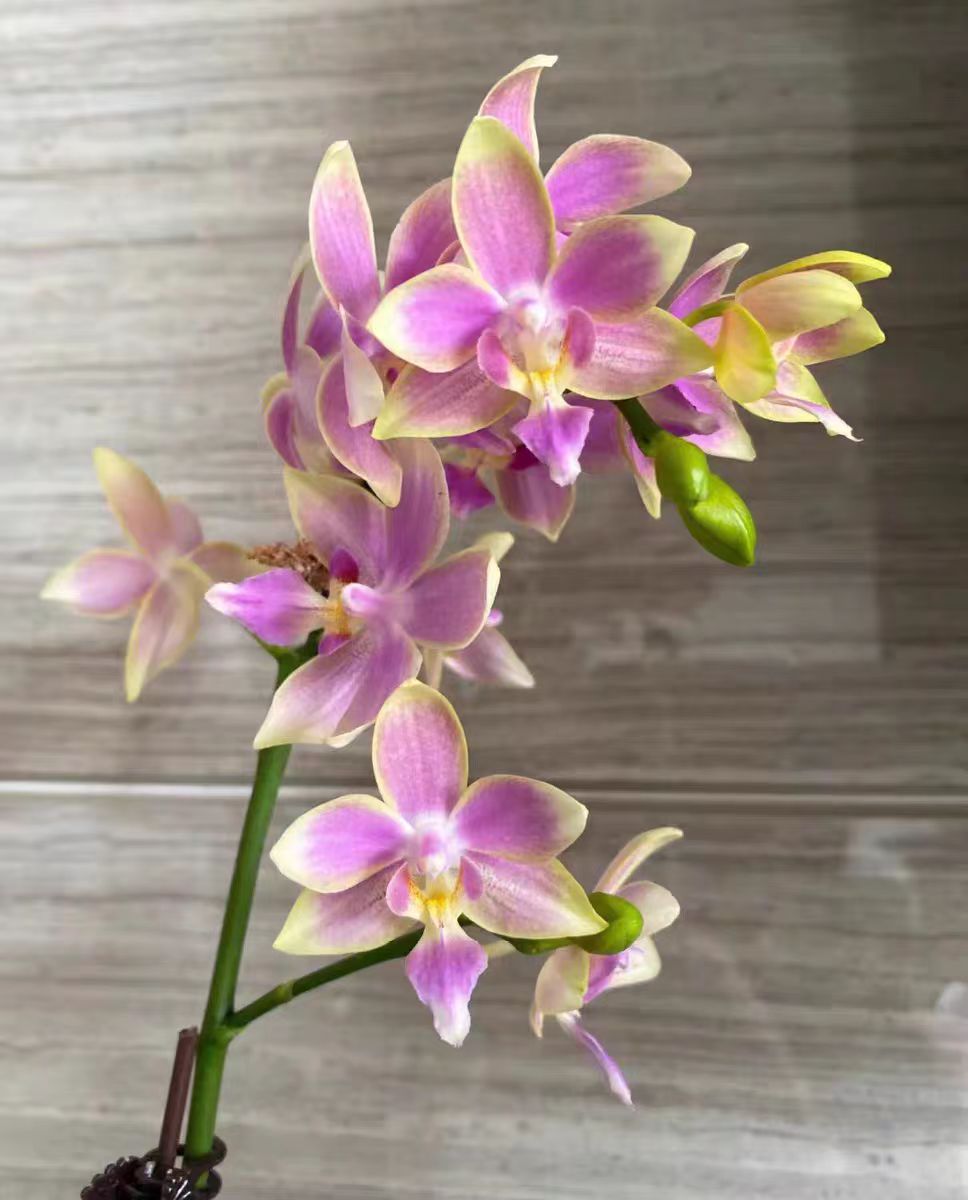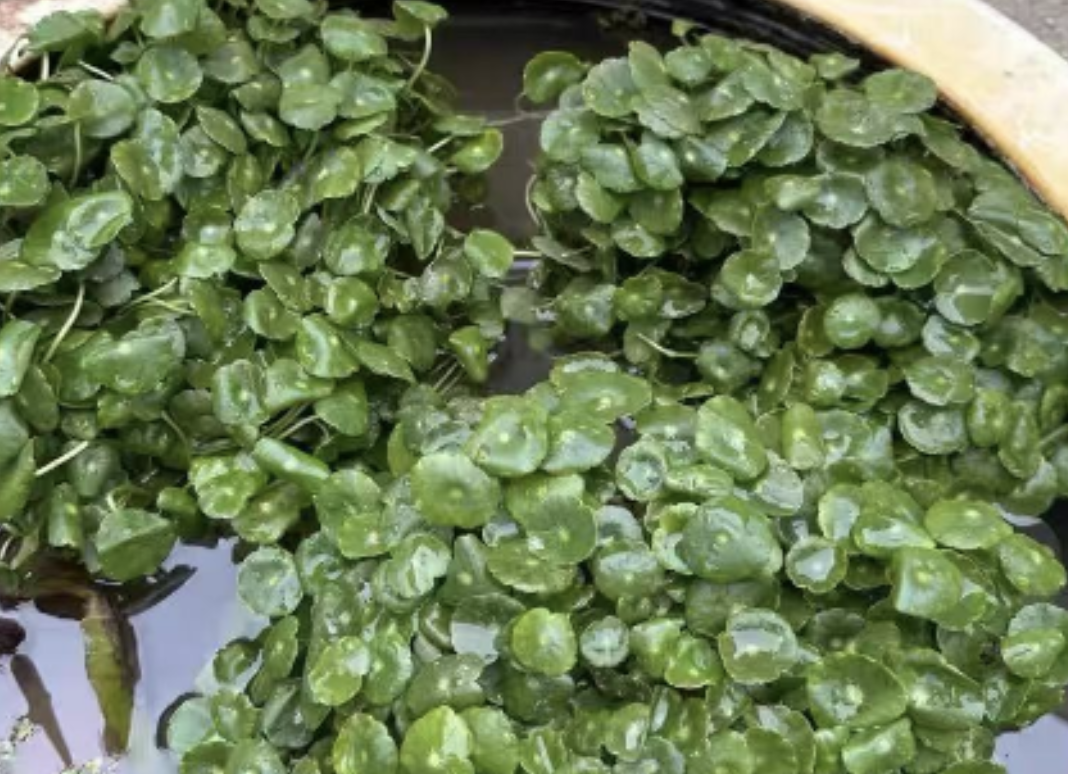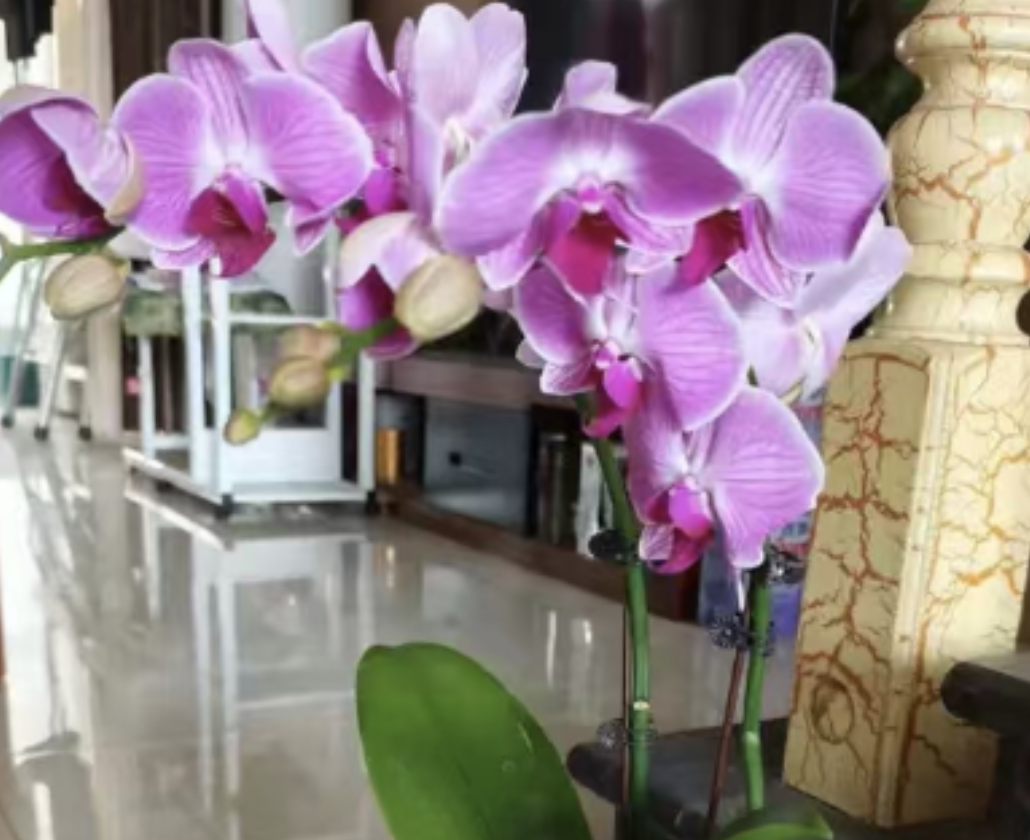Phalaenopsis are epiphytic plants that prefer loose and breathable growing media, and bark is a commonly used choice. Some flower enthusiasts ask: is thick bark or thin bark better for growing Phalaenopsis? Should bark be soaked in advance before use? The choice of bark thickness has its own advantages and disadvantages, which need to be judged based on actual needs; pretreatment before use is also related to the plant's growth status.
What are the differences between thick bark and thin bark?
Thick bark refers to large, hard pieces, such as thick oak bark or pine bark. Thin bark is relatively thinner, more fragmented, and easier to pinch flat. Many people struggle with which to choose, but in fact, they each have their strengths and weaknesses.
Advantages of thick bark:
First, it has excellent water retention—after watering, moisture can stay in it for a longer time.
It also offers good air permeability; the large gaps between chunks prevent Phalaenopsis roots from being stuffy.
Thick bark lasts longer and is not prone to decay, so it doesn’t need to be replaced for a year or more.
Disadvantages of thick bark:
It is difficult to absorb water initially. If not pre-treated, water will flow around it when watering.
Advantages of thin bark:
Thin bark has better water absorption and can be thoroughly wet after watering, making it easier for beginners to judge when to water.
Disadvantages of thin bark:
It has poor water retention and dries out quickly.
It decays faster and requires frequent replacement, which is more troublesome.
So, which bark should you choose?
This depends on your maintenance habits and environment:
If you’re busy and can’t care for Phalaenopsis daily, or if the air at home is dry, choose thick bark—watering once every half month is sufficient.
If you have ample time to tend to plants and your home has suitable humidity, thin bark is ideal, allowing you to observe the Phalaenopsis’ water needs at any time.
For a approach, mix thick and thin bark to complement each other’s advantages.
Should bark be soaked in advance before using it to grow Phalaenopsis?
My answer is: it must be soaked! Without soaking, bark is like a dry sponge that can’t absorb water—water will flow directly out of the pot, and the Phalaenopsis roots won’t get hydrated.
Soaking method:
Find a large basin, place the bark in it, and fill with water until the bark is completely submerged.
Thick bark is more stubborn and needs to be soaked for over 24 hours to fully absorb water.
Thin bark only needs 8–12 hours of soaking.
After soaking, remove the bark and drain the water before using it to plant Phalaenopsis.
Disinfection tip:
Before use, disinfect the bark by soaking it in carbendazim solution or boiling it to kill germs and eggs, reducing the risk of root diseases.
In fact, whether using thick or thin bark, the key is to understand the Phalaenopsis’ preferences. Observe its condition more: soft leaves indicate water shortage, while firm leaves mean no urgent need to water. With a little more care, Phalaenopsis will reward you with beautiful flowers.
What kind of bark is suitable for growing Phalaenopsis, and is thick or thin bark better?

Share with
Tagged in :




Leave a Reply